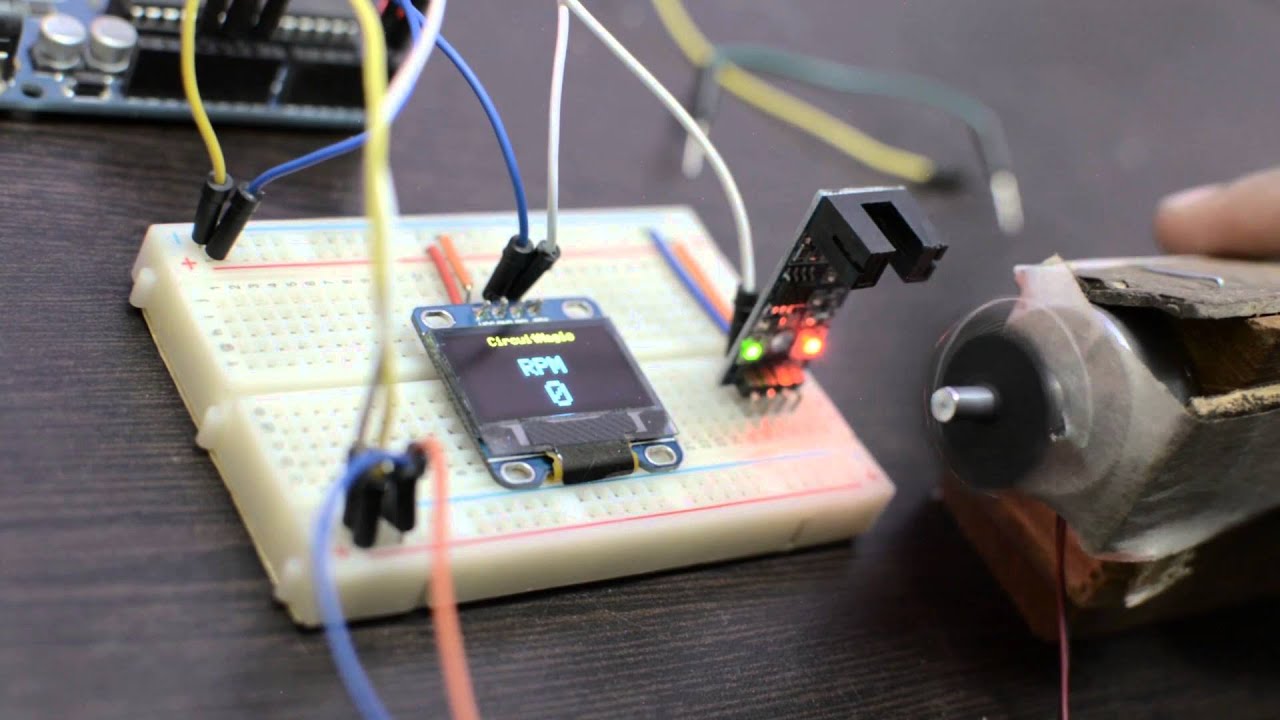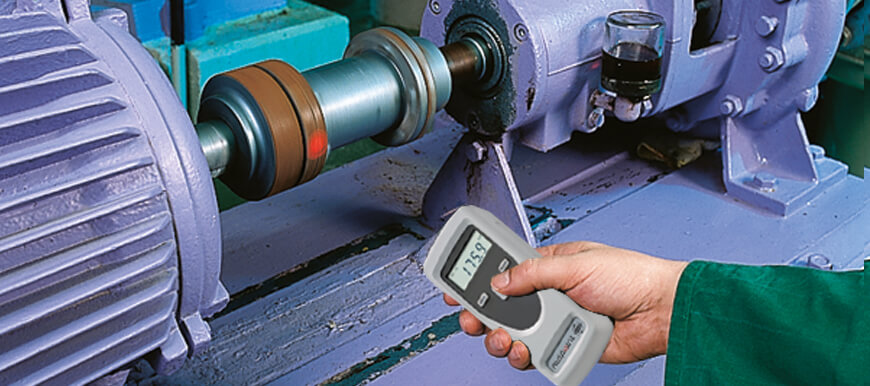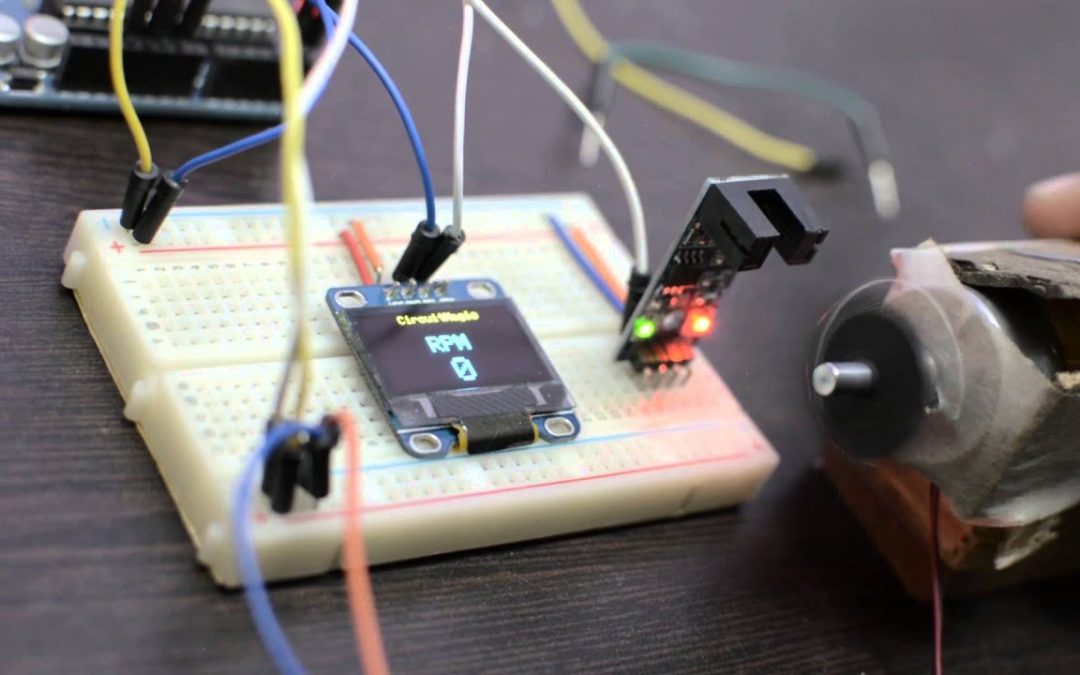When it comes to ensuring the accuracy of your boat’s performance, testing your tachometer is crucial. A malfunctioning tachometer can lead to misjudgments in engine performance and maintenance. This article will guide you through how to test a boat tachometer with a multimeter, following easy-to-understand steps and tips.

Understanding the Tachometer
A tachometer is an instrument that measures the rotation speed of a shaft or disk, typically in an engine. By counting the number of rotations, it provides valuable data about the engine’s performance. For a detailed explanation of the functionality of tachometers, you may refer to this external resource.
Why Multimeter?
A multimeter is a versatile tool used to measure voltage, current, and resistance in electrical circuits. Its essential in diagnosing various issues, making it ideal for testing your tachometer’s accuracy. Learn more about the effectiveness of multimeters in genetic analysis.
Getting Started: Tools Youll Need
Before delving into the testing process, ensure you have the following tools on hand:
- Multimeter
- Insulated gloves
- User manual of the boat tachometer
- Screwdriver set
- Safety goggles
Safety First
Safety is paramount. Wear insulated gloves and safety goggles to protect yourself from electrical hazards. Make sure the boat engine is off before you start testing.
Step-by-Step Guide on Testing the Tachometer
Step 1: Locate the Tachometer
Your boat’s tachometer is typically located on the dashboard. Refer to your boat manual for the exact position.
Step 2: Set Your Multimeter
Set your multimeter to the voltmeter setting. Ensure its on the DC voltage mode.
Step 3: Connect the Multimeter
Connect the multimeter’s positive lead to the positive terminal of the tachometer and the negative lead to the negative terminal.
Step 4: Start the Engine
Start the boat engine and observe the tachometer reading. Simultaneously, read the voltage on the multimeter.
Troubleshooting Common Issues
If the readings dont match, it indicates an issue. Here are some common problems and their solutions:
Problem 1: Inconsistent Readings
Inconsistent readings might indicate a loose connection. Check all connections and retest.
Problem 2: Zero Reading
A zero reading could mean a faulty tachometer or a disconnected wire. Inspect the wiring thoroughly.
Calibration Tips
Calibration is vital for accuracy. Refer to the calibration guide specific to your tachometer model. Calibration ensures that your tachometer provides precise data, aiding in better engine maintenance.

FAQs
How often should I test my boat’s tachometer?
Testing should be done at least once a year or if you notice any irregularities in engine performance.
Can I use any multimeter for testing?
While most multimeters work, its recommended to use a high-quality digital multimeter for accurate readings.
What should I do if I find my tachometer is faulty?
If you find your tachometer is faulty after testing, consider getting it serviced or replaced by a professional technician.
For insights on high-speed inspection technologies, visit our article on wafer polishing or explore more details on semiconductor manufacturing.
